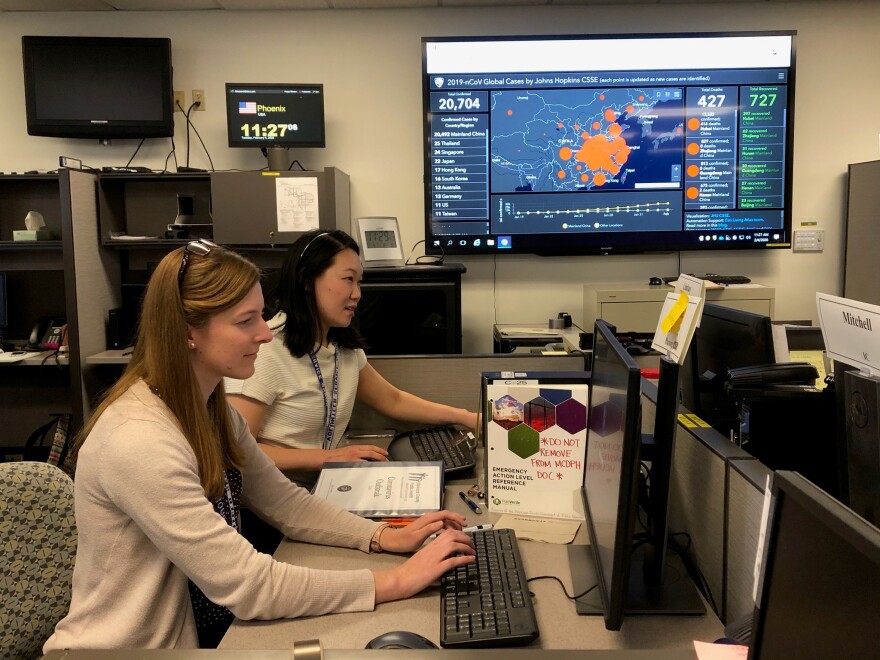Normalisation volontaire en électrotechnologie
- Home Page 362

We need more kids
This content is accessible to paid subscribers. To view it please enter your password below or send mike@standardsmichigan.com a request for subscription details.
Book of Rites
This content is accessible to paid subscribers. To view it please enter your password below or send mike@standardsmichigan.com a request for subscription details.
Counties
This content is accessible to paid subscribers. To view it please enter your password below or send mike@standardsmichigan.com a request for subscription details.
Kumbaya
N.B. We will use our GoToMeeting teleconferencing facility for this meeting for today’s colloquium because of two concurrent conflicting teleconferences with the 2023 National Electrical Code committees and ANSI’s World Standards Week. Our normal redundancy with Zoom will be restored next week.
Summary and comment on the activity at ANSI’s Annual (Virtual) Conference taking place this week — from the user-interest point of view. Not the Manufacturer point of view; not from the point of view of General Interest Administrators, nor from the point of view of the conformance oligarchy we describe in our ABOUT. The point of view of the user-interest identified in Section 2.3 of ANSI’s Essential Requirements for Due Process.
Federal Agency Use of Voluntary Consensus Standards and Conformity Assessment Activities
A Mathematicians Apology
This content is accessible to paid subscribers. To view it please enter your password below or send mike@standardsmichigan.com a request for subscription details.
LIVE: Ohio State University
This content is accessible to paid subscribers. To view it please enter your password below or send mike@standardsmichigan.com a request for subscription details.
New update alert! The 2022 update to the Trademark Assignment Dataset is now available online. Find 1.29 million trademark assignments, involving 2.28 million unique trademark properties issued by the USPTO between March 1952 and January 2023: https://t.co/njrDAbSpwB pic.twitter.com/GkAXrHoQ9T
— USPTO (@uspto) July 13, 2023
Standards Michigan Group, LLC
2723 South State Street | Suite 150
Ann Arbor, MI 48104 USA
888-746-3670















